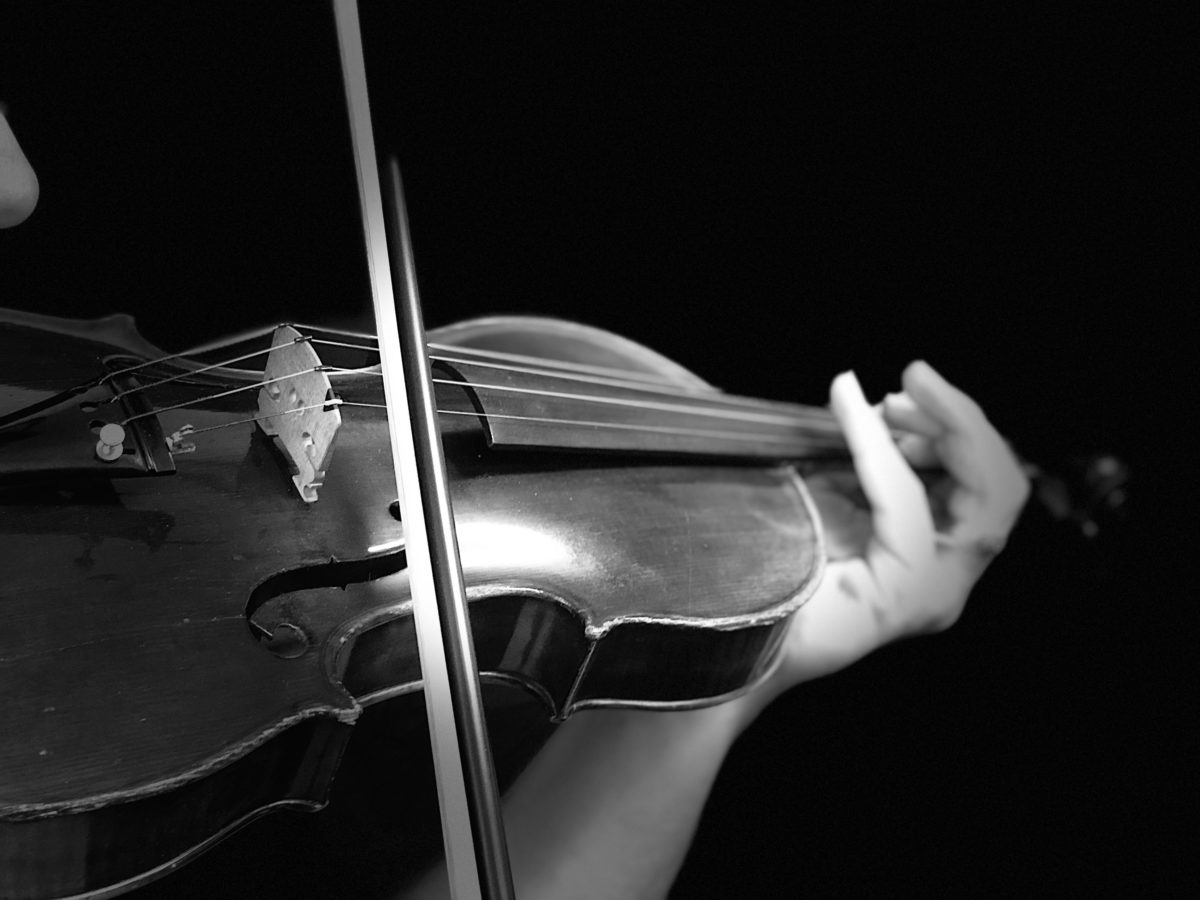
How To Care For Your Violin & Other Orchestral Instruments
Regularly caring for your violin can help keep it working well and avoid maintenance costs. Below are some tips and tricks we’ve put together to keep you keep your violin healthy and out of the shop. These tips can apply to other orchestral strings as well – including viola, cello, or upright bass. This guide also matches a video walk-through, so feel free to follow along with the video for more visual demonstrations.
Polishing Your Violin
The first thing you’ll want to do when you get done playing your violin is take a soft cloth – microfiber or cotton – and give it a quick wipe-down to remove rosin or fingerprints you might have left while playing. This is a quick way to keep it nice and clean. You can also use a super-sensitive polish to shine it up and give it a nice protective layer. To do this, apply the polish directly on the cloth and rub the top of the violin with circular motions. One additional technique is to slide the cloth underneath the fingerboard. Use a little bit of leverage to clean underneath for a violin or viola, making sure to clean next to the bridge. Then do the same thing underneath the tailpiece and chin rest, followed by the sides and back of the instrument – using the same circular motions to rub the polish in. While you do this, inspect the sides, back, and top to make sure there aren’t any cracks underneath the bridge or tailpiece. If you do find any, you can take it into our repair shop for maintenance. You’ll also want to look at the seams to make sure none of them are coming apart; the faster you get to those, the better we can seal them up. You can do this every couple of weeks, depending on how dirty it gets when you play.
Check And Adjust Your Bridge
You’ll want to make sure your bridge stays healthy. This is what’s transferring the vibration of the strings through the sound post into the violin. In order to properly inspect the bridge, first hold your violin flat at eye-level and observe how the bridge is situated. What you want is for the bridge to be either straight at a 90 degree angle or leaning back ever so slightly. If your bridge is leaning forward, prop it upright on your lap leaning against your body, then take your fingers and gently push back on the bridge. Do little movements and check it as your go. If the feet are fit right, they should be completely flat against the top of the violin when it’s perfect. When the bridge is straight up and down, you have a better transfer of sound and you won’t have the bridge fall over on you when you’re playing or tuning.
Bow Care
When you take your bow out, you’ll want to wipe any rosin off the actual wood of the bow. Then, loosen your bow all the way to inspect the hair and make sure it’s saying healthy. The bow hair should just barely be touching the stick when it’s completely loosened. If your hair is hanging below the stick while the bow is loosened, it likely needs a re-hair. We’d be happy to help with a bow re-hair in our repair shop, so feel free to bring it into us for maintenance if needed. Before you put your bow back in your case, it’s always best to loosen it up. This will keep your bow hair healthy and keep your bow in good condition.
These are some simple tips to care for your violin and bow that will help keep them playing well for years to come. Any time you have major repairs, you can always bring your instrument to us – but these care techniques will help you avoid the more simple issues.
Would you like to get started in playing the violin? See our violin rental prices.
Read More from CIOMIT:
Violin Rental and How to Choose the Right Size Violin
How to Choose the Right Violin Accessories